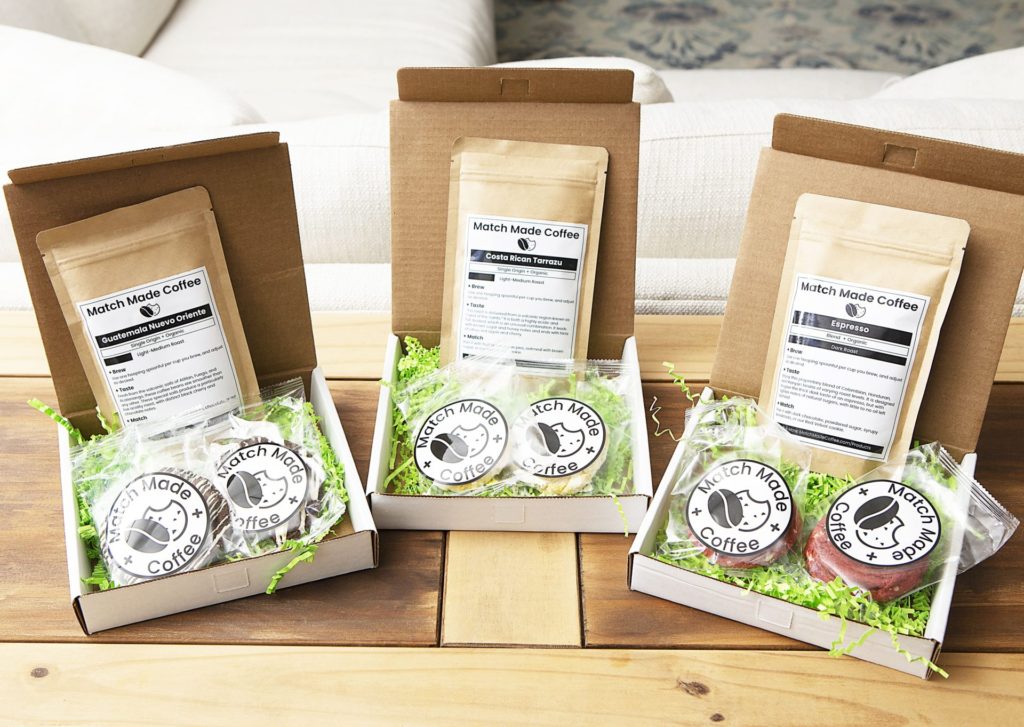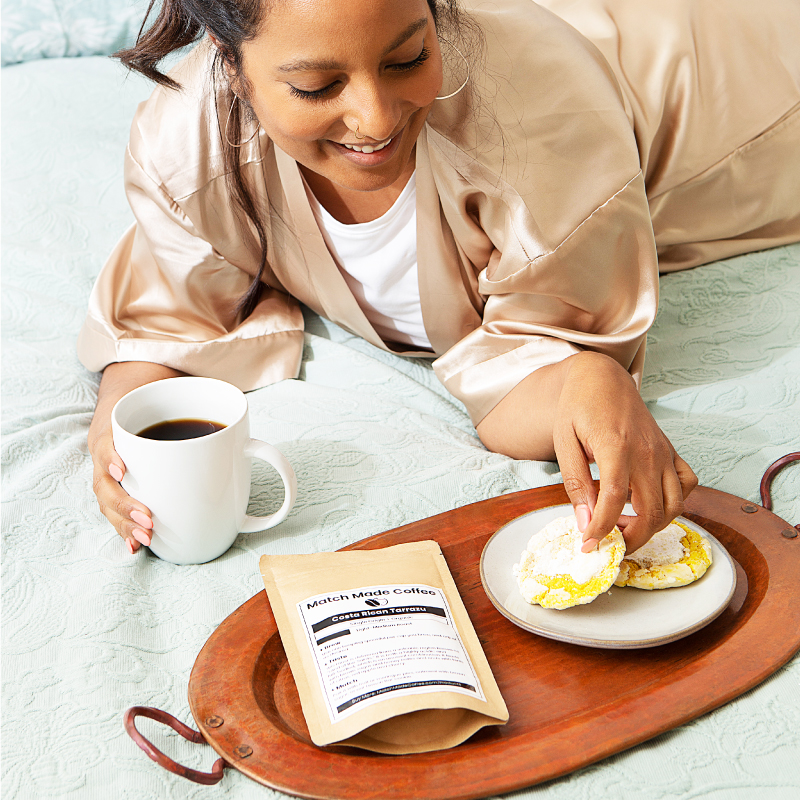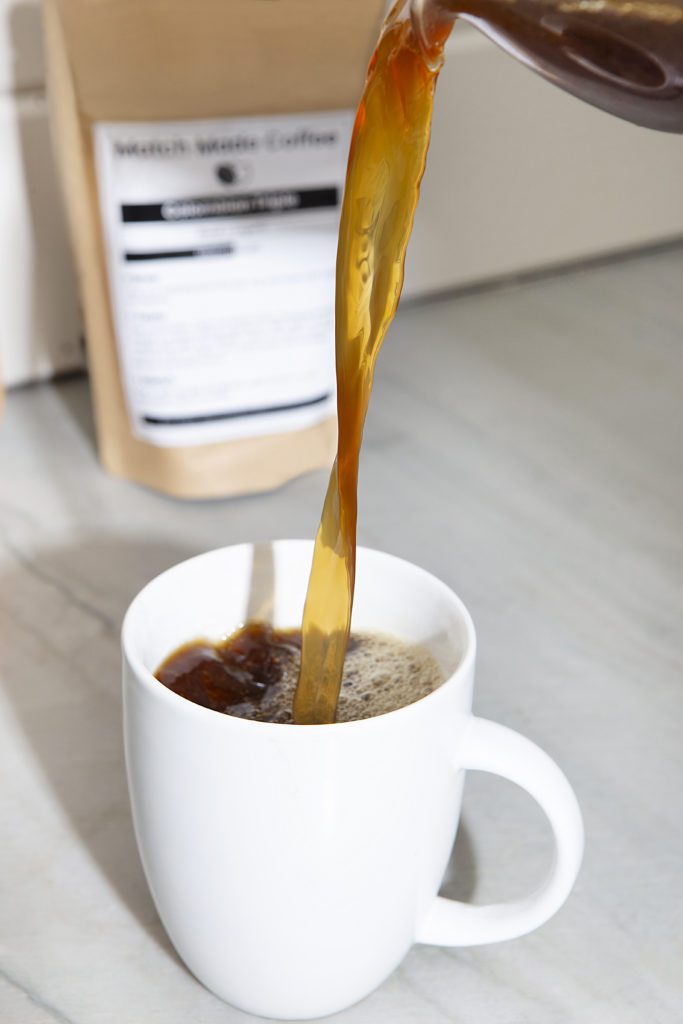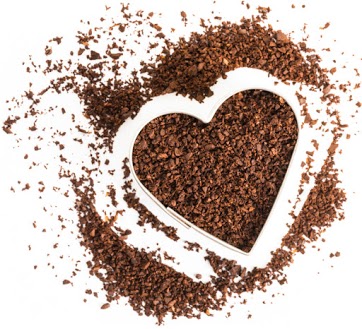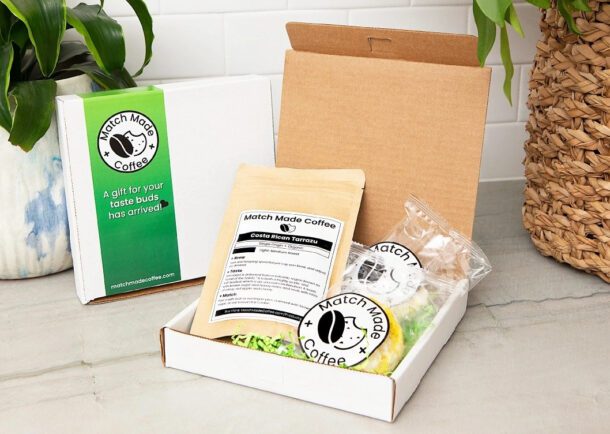You might immediately assume that simply because one process is referred to as the unwashed process, that your coffee is covered in dirt and grime and is therefore inferior, but you’d be wrong.
If you didn’t know it already, coffee beans are actually more like coffee seeds that come from inside coffee fruit, like so:

That’s right, coffee is more of a berry, so you’re not lying when you say that you had fruit juice with your breakfast.
The unwashed method is also known as the drying method, and works like this:
- The coffee berries are left out to dry for weeks at a time
- Rotate the coffee berries every so often, then
- The dried coffee husk is then separated from the coffee bean/seed
The coffee bean is shipped like this to the roaster. Beans that are dried and went through the “unwashed process” tend to have a heavier body with fruity notes, and is typical for areas with little water and little machinery (most Ethiopian or other African coffees, for example, tend to follow this process).
The washed method is interesting because it still requires drying, but things are done in a different order:
- The coffee “berry meat” is removed from the coffee bean
- The coffee bean is put in a tank where fermentation occurs to remove the remainder of the “berry meat”
- Then the coffee beans are washed
- And, finally, the coffee beans are dried (either by leaving out in the sun, or by mechanical dryers, usually depending on the climate and need)
Most coffees pursue the washed method, if at all possible, but there are various pros and cons. The coffee flavors are more consistent with this method, and produce a lighter body with more complex flavors. However, it requires several machines that require specialized labor, and these alone kick up the costs before the coffee bean even gets to the coffee roaster.
Our recommendation? Try both processes from beans in a similar region that are both from the same roaster (so that you know their roasting process isn’t what’s changing the flavors, while minimizing differences from farming methods and climate) and see if you can pick out the differences.
Let us know what you think here, or on our Facebook. And, of course, if you’d like to receive different coffees that undergo these various processes, with awesome cookie pairings, check out our site Match Made Coffee.

